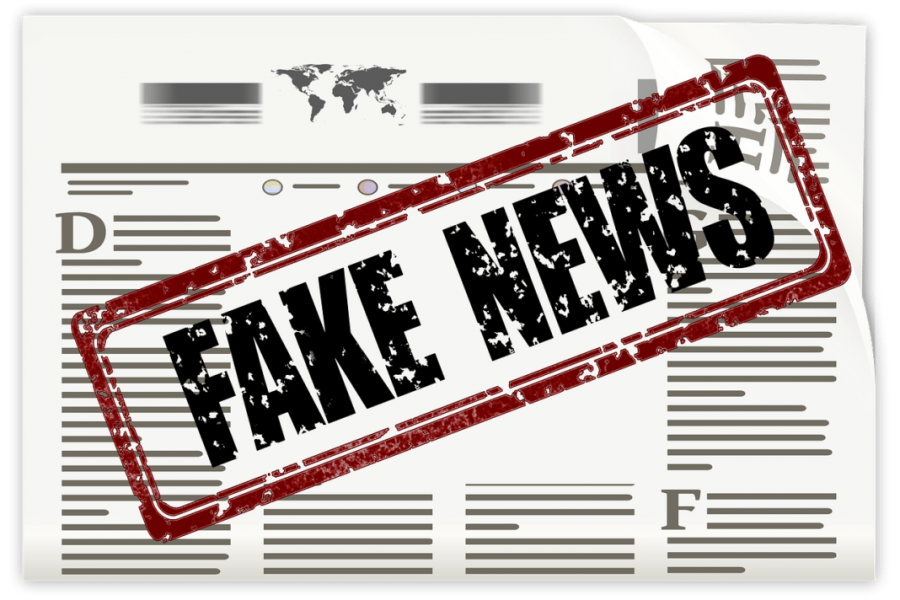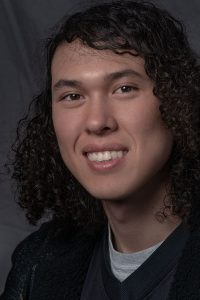On January 12 the Islamophobic assault of an 11-year-old girl shocked the world when she reported that an older man attempted to cut her hijab on her way to her Toronto school. In the company of her mother, Khawlah Noman told the tale of how a man attempted to cut her hijab twice while she walked to school with her brother. This troublesome story reached all levels of Canadian government. Ryan Bird, a spokesperson for the school district, said, “This is shocking to learn of this assault. And we’ll be working closely with police to offer any assistance that we can.” Later that day Prime Minister Justin Trudeau even commented, tweeting, “My heart goes out to Khawlah Noman following this morning’s cowardly attack on her in Toronto. Canada is an open and welcoming country, and incidents like this cannot be tolerated.” This story would clearly bring attention to the rise of Islamophobia in North America and Canada to bring change in the way people think and act.
Except that the story wasn’t true.
Only three days later, Toronto police come out and said that after further investigation they came to the conclusion that the incident that Noman reported did not happen. This hoax had made headlines worldwide from The Toronto Sun to The Guardian, across the political spectrum and across borders. How did this happen? In the age of Donald Trump continually calling out the mainstream media for being biased and reporting fake news, how could such a careless mistake be made by our news sources? How did every level of Canadian government fail to get the facts before coming out in support of this false story?
I’m sure many of you understand the perspective of the newspapers and government officials. It’s really difficult to approach a story like this without sympathy. A young girl is attacked on her way to school for the clothes she’s wearing and for the religion she practices. Of course, everybody is going to jump to her defense, as they rightfully should. Unfortunately, these allegations were never presented as such, simply as the fact of the matter and as something to be outraged at. Hoaxes like these damage actual claims of this nature and discourage victims from coming out. That’s not to say that the allegations shouldn’t have been taken seriously, but that they just shouldn’t have been accepted at face value. I don’t think that’s too much to ask of our journalists, to approach every claim and story with slight skepticism and restraint.
The thing I find most troubling about this story is how much it’s kind of being swept under the rug. When the school district was asked for comment they simply stated that they were thankful the incident didn’t actually occur. The publications that reported the original story only reported that it was false, but said nothing about how they failed to dig deeper. I’m not asking for the heads of these people, but rather an indication that they’ve learned from this experience — something that says they ask questions and investigate before accepting claims.
Since it was reported that the story was false the family has publicly apologized. This article is not advocating for a witch hunt against the girl, her mother or whoever might have had the idea to spread this lie. It instead asks more of the people in power and people who we trust to give us the truth. A false story was taken and rushed to the limelight for all to see to forward an agenda. Even if that agenda is one advocating for the end of Islamophobia, something most progressive and open-minded people can get behind, it does not change the wrong that was done. I hope we can learn to demand more of the officials and journalists we look to for information.
letters@ustudentmedia.com
@TheChrony



